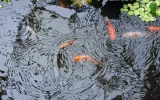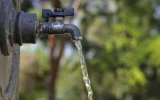The 3 Most Common Types of Earthen Ponds Explained
When it comes to creating a close-to-nature habitat for fish in fish farms, one of the best options is to construct earthen ponds. These types of ponds are versatile, easy to integrate into the surroundings, and offer a large stocking capacity. In this article, we'll explore the most common types of earthen ponds to help you pick the right one for your needs.
The three most common types of earthen ponds are dug-out ponds, which are created by digging a hole in the soil to hold water; embankment ponds, which are constructed by building a wall across a valley to create a reservoir; and cut-and-fill ponds, which are formed by constructing both a dug-out and embankment pond.
If you are eyeing to create an earthen pond, this article will let you know the special features of each type, as well as their common issues and how you can resolve them.
Summary
- The three most common types of earthen ponds are dug-out ponds, embankment ponds, and cut-and-fill ponds.
- Dug-out ponds require excavating the soil to hold the water in the excavated hole, while embankment ponds are created by building a wall against a valley or slope to create a reservoir for the water. Cut-and-fill ponds, on the other hand, are formed by digging a hole in the ground and then using the soil that was removed to build up the banks of the pond.
- When planning to build earthen ponds, take into account the soil type, topography, water sources, and drainage system of the site location.
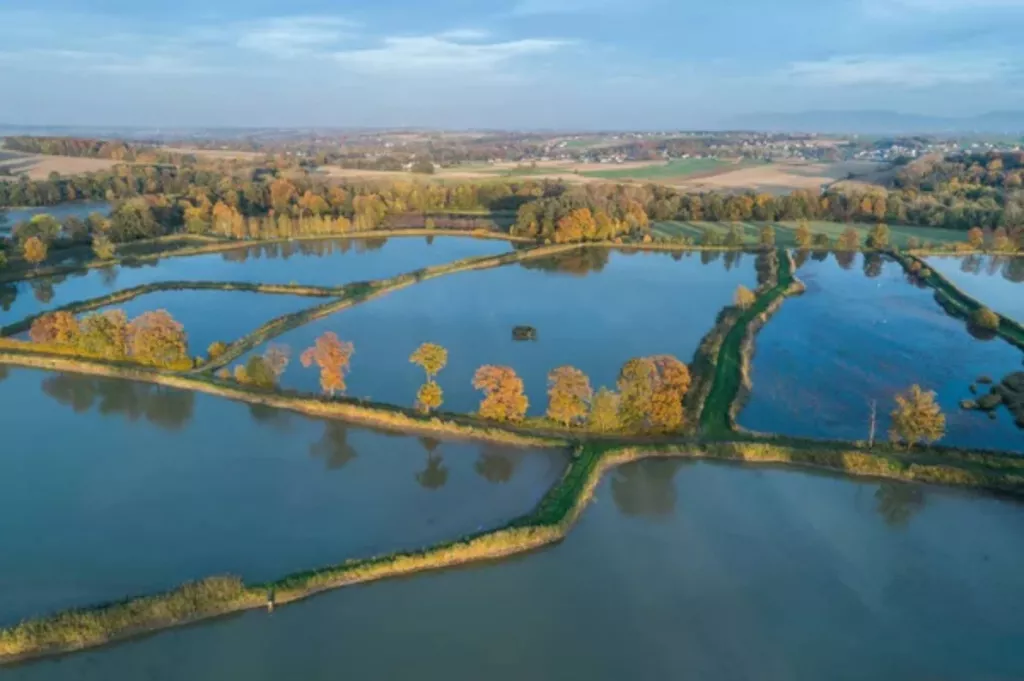
On this page:
Most Common Types of Earthen Ponds
The three primary types of earthen ponds are dugout ponds, embankment ponds, and cut-and-fill ponds. Many people opt to build these earthen ponds for the purposes of agriculture, aquaculture, and recreational activities. These types of ponds are best fit for fish farming, especially if your goal is cost-effectiveness.
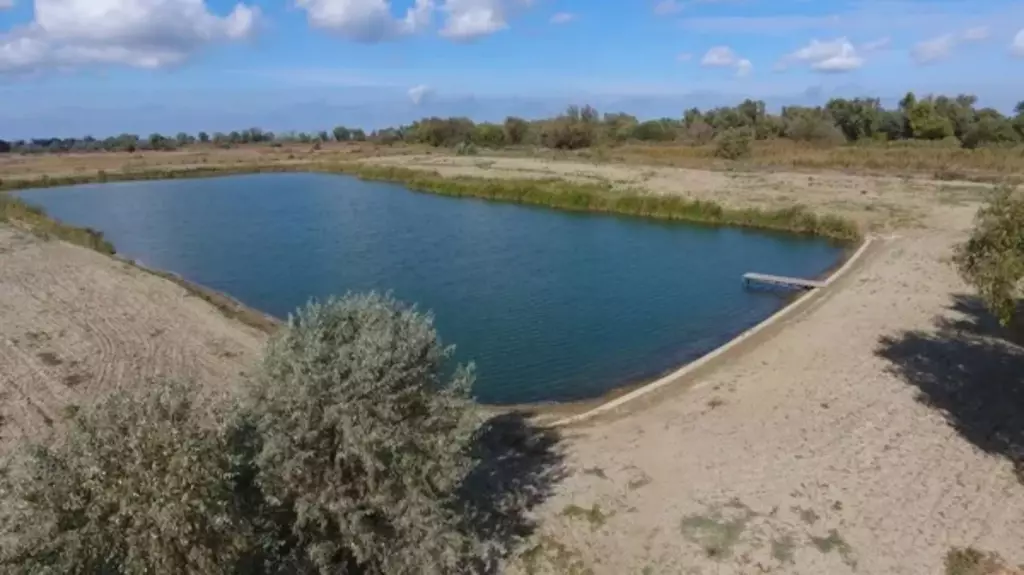
Dugout pond is common in level landscapes
Dugout ponds, as the name suggests, are created by digging a hole in a flat area where groundwater lies close to the surface. These ponds typically have a shallow depth and rely on natural seepage from the surrounding soil to maintain water levels. Some key features of the dugout pond include the following:
- It is suitable in areas with high water tables
- It uses natural seepage for water source
- It has a shallow depth, often less than 10 feet
- It works best for small-scale uses like wildlife habitats or irrigation
Embankment ponds are built in valleys or sloped areas

Embankment ponds, on the other hand, are constructed by building a wall or dam across a valley to create a reservoir. The pond's water level is maintained through the input of surface water, which is collected from uphill areas and conveyed to the pond. Here are some essential characteristics of embankment ponds:
- They are built in valley areas or areas with natural slopes
- They rely on surface water runoff for water supply
- They are deeper than dugout ponds
- They can be used for larger-scale purposes, such as fish farming
Cut-and-fill ponds can be built quickly with fewer costs
Cut-and-fill ponds are created by excavating a hole in the ground and then using the soil that was removed to build up the banks of the pond—a mixture of techniques used in dug-out and embankment ponds. Some of the best features of these ponds are the following:
- They can be constructed quickly and inexpensively
- They can be customized to fit the specific needs of the user
- They can be used for a wide range of purposes, such as irrigation, fish farming, and water storage.
Considerations Before Constructing Earthen Ponds
The design and construction of an earthen pond can be successful if you select the appropriate site location to build your pond. Below are some of the factors you might want to consider when picking the correct site location.
1. The type of soil in the area where the pond will be constructed is an important factor to consider
The best soil types to choose for earthen ponds are those that are able to hold water and are stable enough to prevent erosion. Therefore, earthen ponds must use clay or loam soil. Sandy soil is not recommended as it does not hold water well and can be prone to erosion.
2. The topography of the land should be considered to determine the best location for the pond
The topography of the land should be relatively flat and free from any obstructions that could interfere with construction or water flow. Additionally, the site should be located in a flood-free area and not close to any water sources that could contaminate the pond water. The site should also be accessible for construction and maintenance purposes.
For embankment ponds, you might want to select a location with gentle to steep slopes to prevent water from breaching the dam. The slope of the land should not be too steep, as this can cause instability in the embankment and increase the risk of erosion.
Meanwhile, for dug-out ponds, you need to consider the groundwater table when constructing this type of pond. The pond should be dug deep enough to ensure that it is not affected by the groundwater table and to prevent seepage. A depth of at least 4 meters is recommended for dug-out ponds used in fish farming.
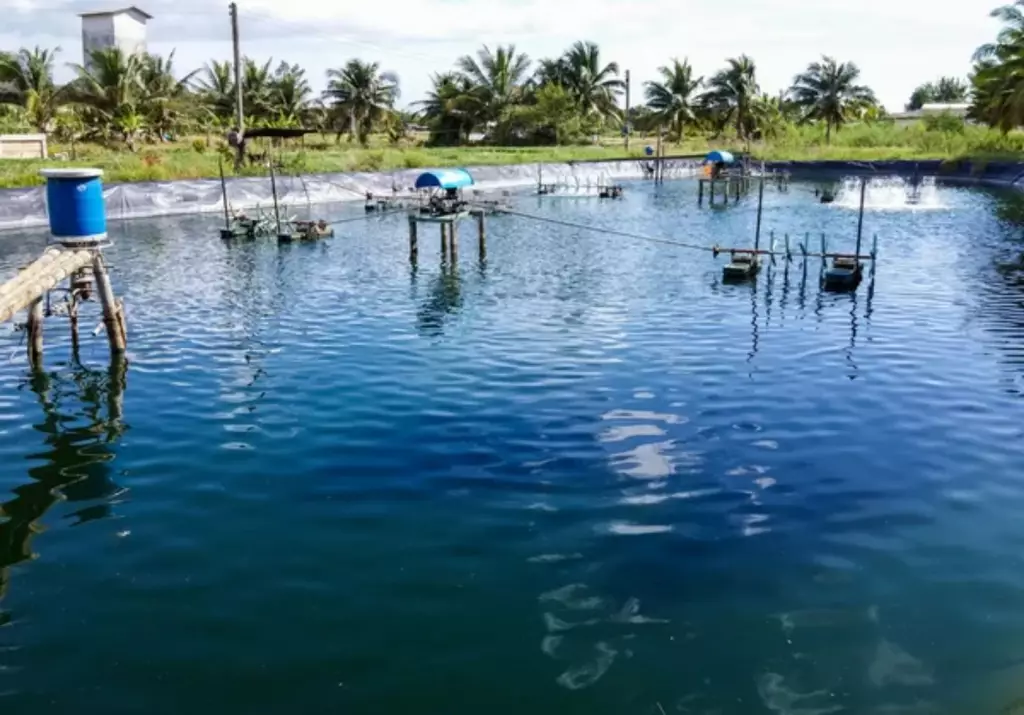
3. The source of water for the pond should be considered
The water source for ponds, including earthen ponds, must be reliable and able to provide enough water for the pond. At the same time, water quality must also be considered to ensure its suitability for its purpose.
Some of the most common water sources for earthen ponds in terms of location and availability are the following:
-
Surface water: The most common source of water for earthen ponds is surface water, which can be obtained from streams, rivers, and canals, and is connected to the pond using a pipe or canal.
-
Groundwater: Groundwater can be used as a source of water for earthen ponds in areas where the water table is high. This water source can be extracted by digging a well and pumping the water into the pond.
-
Rainwater: Rainwater as a water source for earthen ponds is highly possible in areas with high rainfall forecasts. Rainwater can be collected in the pond itself or in a catchment area and used as a source of water for the pond.
-
Municipal water: In urban areas, municipal water can be used as a source of water for earthen ponds. The water is supplied to the pond through a pipe.
-
Treated wastewater: Treated wastewater can be used as a source of water for earthen ponds. This is a good option in areas where water is scarce.
4. Proper drainage is an essential factor to consider when constructing earthen ponds
When constructing an earthen pond, the pond must be designed with adequate drainage to prevent water from becoming stagnant. Proper drainage ensures the prevention of flooding, erosion, and contamination. It helps in maintaining the overall health and functionality of the pond ecosystem.
Common Earthen Pond Issues and Their Solutions

Embankment ponds issues and solutions
Over time, if you decide to build an embankment pond, you may experience failures due to improper design, inadequate materials used, or extreme weather events. Some of these failure scenarios can be found below, as well as their resolutions:
- For inadequate inflow or high embankment/spillway: You may try increasing inflow by improving natural runoff or adjusting the embankment height.
- For leakage or piping problems: You may opt to seal the basin with clay or an artificial liner or repair or eliminate any existing piping.
Challenges of dug-out ponds and how to address them
Dugout ponds can face various challenges too. To address these problems, consider the following solutions:
- For insufficient depth or steep side slopes: Try excavating deeper or adjusting the pond sides to create a more stable slope.
- For erosion problems: You can consider employing appropriate erosion control measures, such as planting vegetation or putting erosion control blankets, around the perimeter.
- For water quality issues: You could incorporate proper pond management practices such as aeration, fish stocking, and regular water quality monitoring.
Problems with cut-and-fill ponds and how to resolve them
Cut-and-fill ponds are also prone to failures and issues that can impact the health and productivity of the fish. Some common failures that cut-and-fill ponds in fish farm operations face include:
- For poor water quality due to inadequate aeration or filtration: You may use appropriate aeration and filtration systems to maintain water quality
- For overloading of the pond due to excessive fish stocking density: You might want to practice proper stocking density management to prevent overloading
- For erosion of the berm or dam due to wave action or water flow: You could ensure that the pond is properly designed and constructed with adequate soil compaction and proper drainage.
- For seepage through the berm or dam, which can lead to erosion and failure: You can prevent this by regularly maintaining and inspecting the pond.
- For predation by birds or other animals due to inadequate pond design or management: You may use nets or other predator control measures to prevent predation by birds or other animals.

